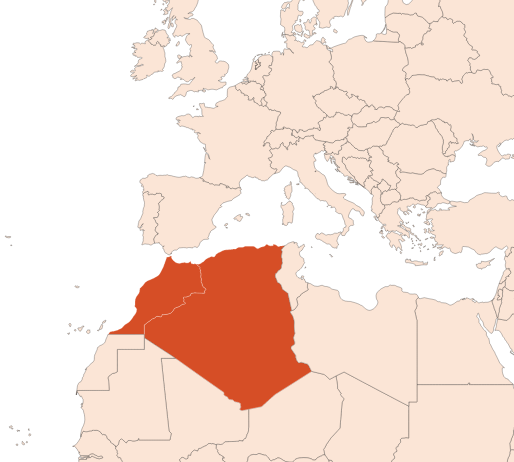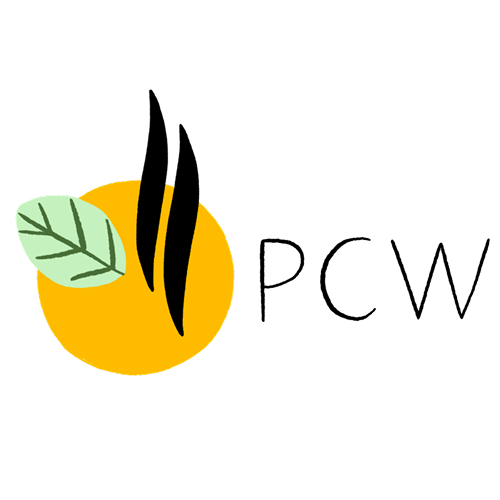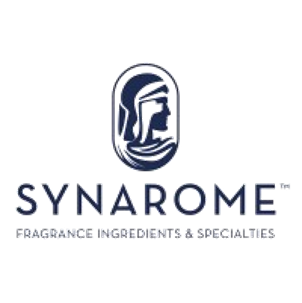
| Company | Ingredient Name | ID | Comments | Naturality | Certifications | MOQ | Latin name | Treated part | Geographical origin |
|---|---|---|---|---|---|---|---|---|---|
|
|
Huile essentielle de Cèdre Atlas - 30 gr | - |
Visit website
|
- | - | - | - | - | |
|
|
CEDRE DE L’ATLAS | A0250 |
Visit website
|
Huile essentielle |

|
- | Cedrus atlantica (Endl.) Manetti ex Carrière | Bois | Maroc |
|
|
CEDRE DE L’ATLAS | B255 |
Visit website
|
Huile essentielle |

|
- | Cedrus atlantica (Endl.) Manetti ex Carrière | Bois | Maroc |
|
|
CEDRE DE L’ATLAS | F0447 |
Visit website
|
Absolue | - | Cedrus atlantica (Endl.) Manetti ex Carrière | Bois | Maroc | |
|
|
CEDRE INCO 100 | F0470 |
Visit website
|
Extrait | - | Cedrus atlantica (Endl.) Manetti ex Carrière | Bois | Maroc | |
|
|
CEDARWOOD ATLAS P&N EO | - |
Visit website
|
- | 10 grs | - | - | - |
General Presentation
-
CAS N° :
8023-85-6 -
EINECS number :
92201-55-3 -
FEMA number :
Donnée indisponible.
-
Volatility :
Base -
Price Range :
€€€€€
Physico-chemical properties
-
Appearance :
Amber liquid -
Density :
0,926 - 0,944 -
Refractive Index @20°C :
Data not available. -
Optical rotation :
-
Vapor pressure :
0.008 mmHg @20°C -
Flash Point :
Data not available. -
Acid Value :
Botanical informations
Botanical name :
Cedrus atlantica (Endl.) Manetti ex Carriere
Synonyms : Abies atlantica (Endl.) Lindl. & Gordon // Cedrus atlantica f. argentea (Carrière) Rehder
Botanical profile :
Atlas cedarwood belongs to the Pinaceae family and the Cedrus Trew. genus
Chemotypes :
There are currently around 600 different species of conifers.
The genus Cedrus Trew. contains about 9 species, of which 4 are used in perfumery:
- Cedrus atlantica (Endl.) Manetti ex Carriere: Cedarwood Atlas oil, whose essence is mainly composed of Himaialene but contains very little Cedrene (≈2%).
- Cedrus deodara (Lamb.) G.Don: Cedarwood Himalaya oil.
- Cedrus libani G.Don: Cedarwood Libanon EO.
- Cedrus brevifolia Holmboe: Cyprus Cedar Wood EO.
However, it should be noted that other tree essences are called “cedars” in perfumery. Their botanical genus is not the same for all of them.
- Juniperus virginiana L. : Cedarwood Virginia oil belongs to the genus Juniperus -> Juniper.
- Cupressus funebris Endl. : Cedarwood China oil / Cedarwood China leaf oil -> Cypres
- Xanthocyparis nootkatensis (D.Don) Farjon & Harder : Cedarwood Alaska twig oil / Cedarwood Alaska oil -> Cypres
Extractions & Uses
Extraction process :
The atlas cedar, or blue cedar or silver cedar, can grow up to 40 meters high. It is more imposing than other species of the genus Cedrus. It is distinguishable from other cedars because of its erect branches and short needles (which do not exceed 3 cm length). The cultivation of Atlas cedar requires a well-drained soil regardless of the nature. It resists the cold winter on the heights and the summer drought. Propagation of a crop is preferably done by seed sowing rather than by cuttings.
In cultivation throughout the year, the trunk of the tree is cut and milled to optimize the extraction yield. After a steam distillation, the essential oil of cedarwood is collected in an essencier by decantation.
The Atlas cedar extraction yield can reach 5%.
Uses in perfumery :
Not much used due to the particularity of its note, which is difficult to integrate into composition, and its price.
Stability :
The terpenes identified in this raw material can polymerize when they are oxidized
Major Components :
- Alpha-himaialene
- Gamma-himalaiene
- Alpha-titlantone
- Delta-amorphene
- Alpha-cedrene (1,5%)

Photo credits: ScenTree SAS
Other comments :
This cedar specificity is that it does not contain any Cedrol. For this reason, its smell is very different from other cedars.
This species is currently listed as ''endangered '' by the International Union for Conservation of Nature (IUCN).
Atlas cedar has long been assimilated to a subspecies of Lebanon cedar (Cedrus libani), less elongated and with less longevity.
Several diseases can affect the Atlas cedar. Attacks are perpetrated by processionaries (insects specialized in attacking a species of tree): the Thaumetopoea bonjeani in the case of the cedar. Other insects can cause desiccation of the bark and fungi make the wood rot.
In the past, the resin of this tree was used to embalm the mummies.
IFRA
IFRA 51th :
This ingredient is not restricted for the 51th amendment
















